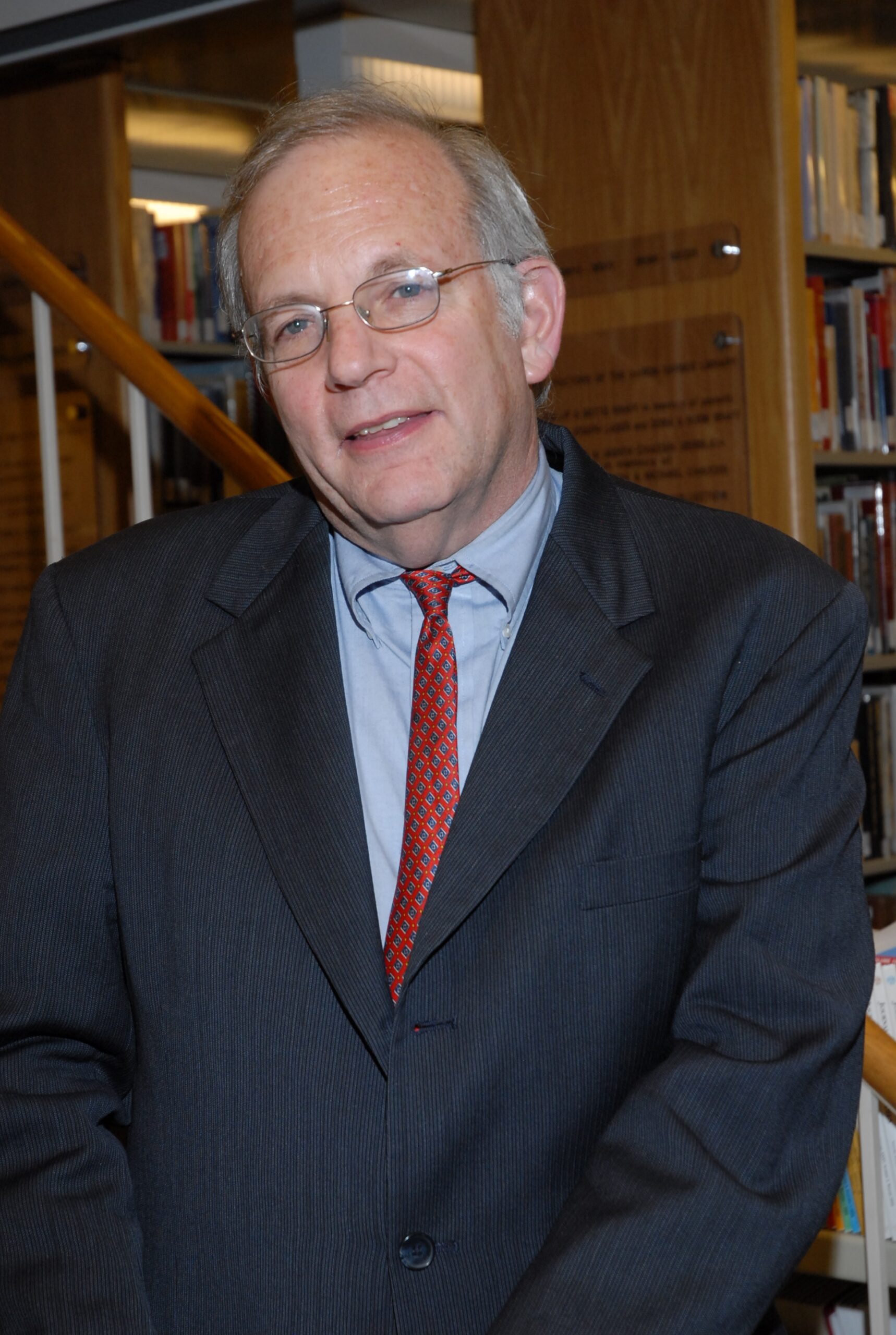Reprinted by permission of the Cleveland Jewish News.
This d’var Torah is one of a series influenced by the Me’am Loez Sephardic Torah commentary.
In Jewish tradition, God is not so much in the details as in the relationships that hold the details together. Ki Tisa, this week’s Torah portion, offers several outstanding examples of the temporal and spatial location of events described in the Torah portion.
Halachic Clarification
There is a tradition in Christian interpretation of the Hebrew Bible to make a distinction between the ethical and ritual commandments. From this point of view, Moses has two very distinct tablets in his hands as he descends Mount Sinai amidst the revelry of the Israelites below. On one hand, he has the religious/ritual commandments (affirm God as unique, don’t take God’s name in vain, honor the Sabbath and one’s parents). On the other hand, Moses holds the ethical commandments (do not murder, do not steal, do not covet, etc.).
Me’am Loez follows a long rabbinic tradition in resisting this categorization by exploring the relationships between the so-called ethical and religious commandments, with an eye towards relative location of each commandment on the respective tablets. Commandments with the same placement on the two tablets must have deeper correspondences.
So someone who breaks the Sabbath laws (#4; second from bottom on one tablet) is likely to be someone who can’t respect limits and thus wants more than what rightfully belongs to him or her. Such a person is particularly prone to coveting (#9, second from bottom on other tablet).
Aggadic Enrichment
Things are not always as they appear. That is particularly true when it comes to matters of the time frame of events portrayed in the Torah. If a particular chain of events does not seem logical or spiritually compelling, Me’am Loez and other rabbinic commentators will feel very free to change the order to create a more rationally or spiritually compelling case. The rabbis explained this principal as ayn muachar umukdam b’Torah: there is no single perspective of before or after in Torah chronology.
This week’s Torah portion provides the paradigm of the principle. What is the relationship between the concrete, prescriptive laws for regulating the ancient sanctuary and the incident of the golden calf? Wouldn’t such rules – if in place – distance the Israelites from apparent idolatry of the golden calf incident?
The rabbis suggest that we might better understand the Torah if we invert these chapters. If we place the golden calf incident first, then we understand that the underpinnings of a firm, intuitive Israelite monotheism had crumbled; hence the incident of the golden calf. In the place of natural religiosity comes a more externally regulated set of traditions as a safeguard against Israelite indiscretion.
Continuity and Commitment
One of Moses’ great merits, say the rabbis, is his willingness to defend Israel against God’s wrath. This becomes apparent as God contemplates destroying the entire Israelite nation for their role in building a golden calf.
But what precedent can Moses draw upon for such audacious argument with God? Moses hesitates only for a moment before calling to mind and then reminding God of Abraham’s challenge of God in relationship to Sodom and Gomorrah; there Abraham bargains with God to accept a bare minyan (quorum of 10) of righteous people as cause for restraining his anger.
Moses picks up where Abraham left off. Citing the presence of seven clearly righteous individuals in Moses’ own company (Aaron, Joshua, Caleb, etc.), Moses outdoes Abraham’s chutzpah. “If I find just three righteous people among the Israelites, I would have our minyan,” says Moses.
God has an answer for Moses. He will save the Levites (Moses’ own tribe) and destroy the rest of the Israelites. Moses quickly accepts the challenge of arguing beyond his own (or fellow tribesmen’s) self-interest. God’s pledge to be a gracious and compassionate God was extended to the totality of the Jewish people. All twelve tribes were given the covenant. Thus God cannot single out one tribe for special treatment and keep his own brit (covenant).








